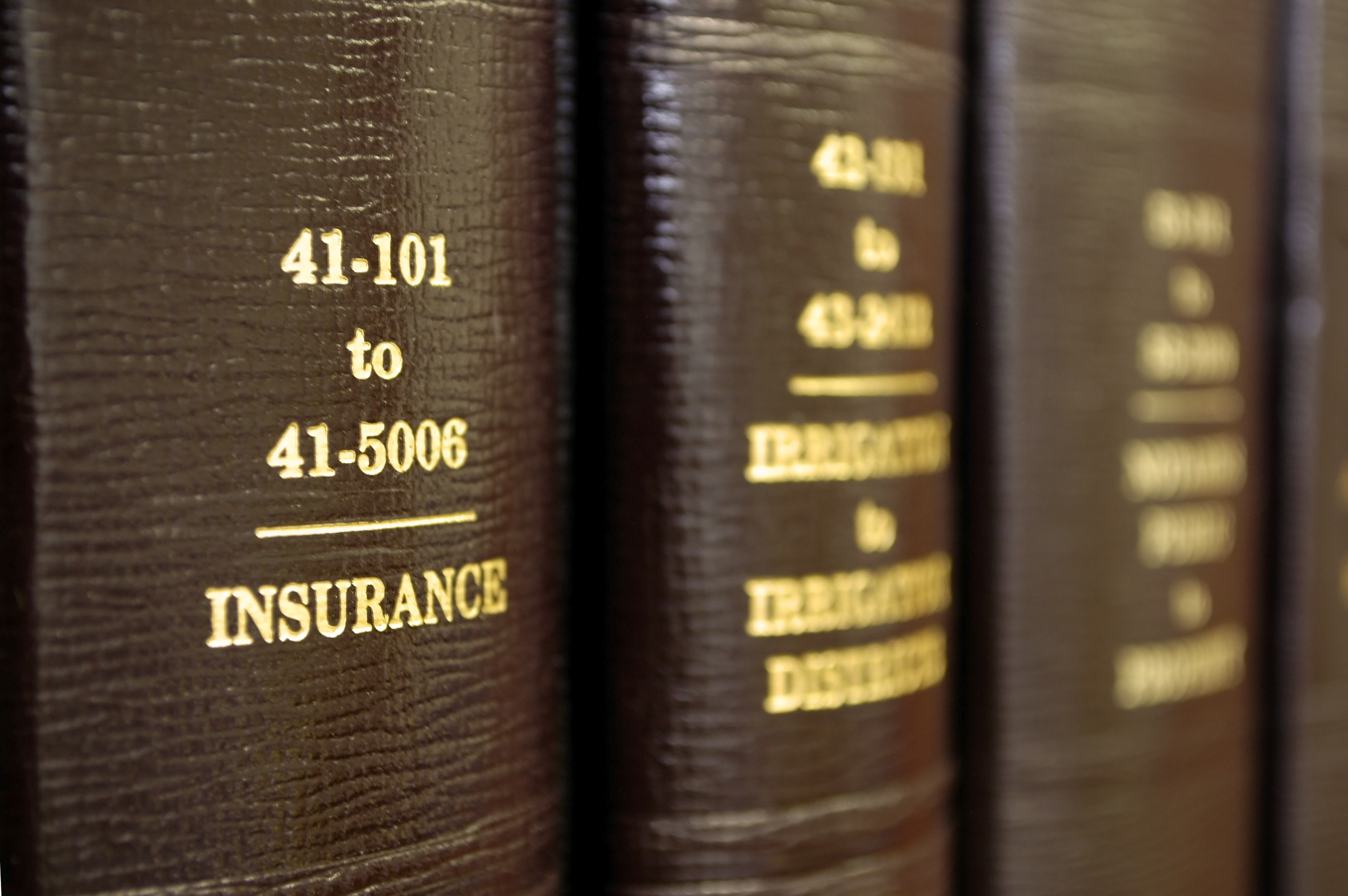Jordan Hess and Paul Ferland | Property Insruance Law Observer
In Jowite Limited Partnership v. Federal Insurance Company, the United States District Court for the District of Maryland issued a rare opinion addressing whether “collapse” is a covered “ensuing loss” under an all-risks insurance policy without a specific collapse coverage. Case No. 1:18-cv-02413-DLB (D. Md. August 17, 2020). In a win for insurers, the Court held that, under Maryland law, the ensuing loss exception to a construction defect exclusion did not apply to reinstate coverage where the purported “collapse” was to the defective property itself, regardless of whether the “collapse” was characterized as merely the damage caused by construction defects or a separate and distinct peril.
The insured, Jowite Limited Partnership (“Jowite”), owned an apartment complex constructed in the 1980s. Id. at 2. At various times between 1999 and 2017, the complex’s “Building 300” was inspected by construction professionals and discovered to be sinking. Id. at 2-3. The sinking resulted in significant structural damage to the building, including cracked interior walls and façade, rotted support beams, and a failed cement footer. One engineer deemed Building 300 uninhabitable. Jowite’s experts ultimately determined that Building 300’s improperly designed and constructed foundation and footers caused the loss. Id. at 3, 6.

In July 2017, Jowite filed a claim with Federal Insurance Company (“Federal”) under an all-risks property policy. Federal denied coverage under the policy’s Planning, Design, Materials or Maintenance” (“Construction Defect”) and Settling exclusions. Id. at 4-5. The Construction Defect exclusion barred coverage for “loss…caused by or resulting from any faulty, inadequate or defecting, design, specifications, plans, workmanship…grading or compaction[;]” subject to an ensuing loss clause providing that the Exclusion “does not apply to ensuing loss or damages caused by or resulting from a peril not otherwise excluded.” Id. at 5. The Settling exclusion barred coverage for “loss…caused by or resulting from settling, cracking, shrinking, bulging or expansion of land…foundations, pools, building or other structures[;]” subject to an ensuing loss clause for “specified perils.”
Jowite sued for coverage. Federal and Jowite agreed that the Construction Defect exclusion applied, but disagreed about whether the ensuing loss clause restored coverage. Id. at 9-10. Jowite argued that the ensuing loss clause provided coverage because Building 300 “collapsed”—a term not defined in the policy or apparently otherwise mentioned—in that it experienced a significant loss of structural support. According to Jowite, “collapse” was a separate peril “not otherwise excluded” from the construction defects. Id. at 10. Federal countered that “collapse” was not a separate distinct peril, but merely the damage caused by the foundation’s defective design and construction. Id. at 10. Further, Federal argued that even if “collapse” was deemed a separate peril, it was conceptually impossible to distinguish the uncovered damage caused by construction defects from the purportedly covered damage caused by “collapse.” Id.
Although the Court sidestepped whether “collapse” was a separate peril from the construction defects—assuming “for the purposes of the analysis” that it was—the Court held that the Construction Defect exclusion barred coverage because all of Building 300’s damage was traceable to the improperly designed and constructed foundation. Id. at 16. Accordingly, “any loss or damage caused by the collapse [was] not ‘wholly separate from the defective property itself’” as required to trigger ensuing loss clauses under Maryland law. Id. Furthermore, construing the ensuing loss clause to provide coverage would obliterate the Construction Defect exclusion because the clause would restore coverage for the same damage to which the exclusion applied. Id. at 17-18.
The Court also found that the Settling exclusion applied because the damage was caused by Building 300’s settling over time. Performing an efficient proximate cause analysis, the Court determined that, even if a “collapse” occurred, the collapse itself was initially caused by the Building’s settling. Id. at 18. Therefore, the Settling exclusion applied because the resulting damage was caused by settling in the first instance. Id. at 20. The Settling exclusion’s ensuing loss clause was not triggered because there was no loss caused by a specified peril.
Jowite should be considered a victory for insurers in the ongoing “ensuing loss” disputes that arise in first-party coverage analysis. The court’s decision clarifies that policyholders cannot create a covered ensuing loss by characterizing the damage caused by plainly excluded perils as the separate peril of “collapse”. Further, Jowite clarifies that, in order for an ensuing loss exception to an exclusion to apply, there must be damage to “wholly separate property”. Accordingly, Jowite goes a long way toward clarifying what is, and is not, an ensuing loss under first-party property policies.
